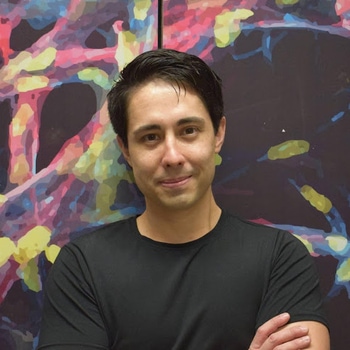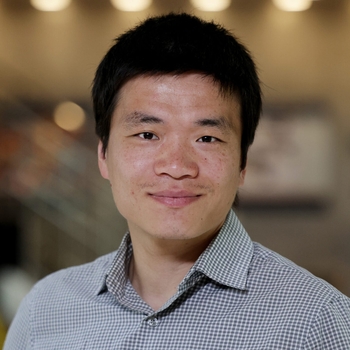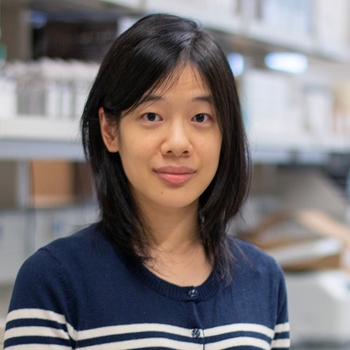Micro-Nanotechnology & Molecular Engineering

Objective
Micro-Nanotechnology and molecular engineering research are concerned with the design and testing of microdevices which can affect the behavior of individual molecules or systems of molecules to perform specific functions. The nature of molecular interactions allows for an innumerable amount of potential applications.
Michigan’s combination of facilities, Medical School integration, and a NIH-supported training program specifically geared toward microfluidics creates a great environment for micro-, nano- and molecular research.
- Lurie Nanofabrication Facility – one of the best academic cleanroom/nanofabrication facilities in the country
- Microfluidics in Biomedical Sciences Training Program
- Biointerfaces Institute pushes technology toward clinical application
- Michigan Center for Integrative Research in Critical Care allows doctors to pull technology directly into the clinic
What do we do?
- Microfluidics and microfabrication
- Development of biomembranes
- Biomedical microelectromechanical systems
Applications
- Drug testing and drug development
- Making models of the human body to understand the mechanism of disease
- Disease treatment










